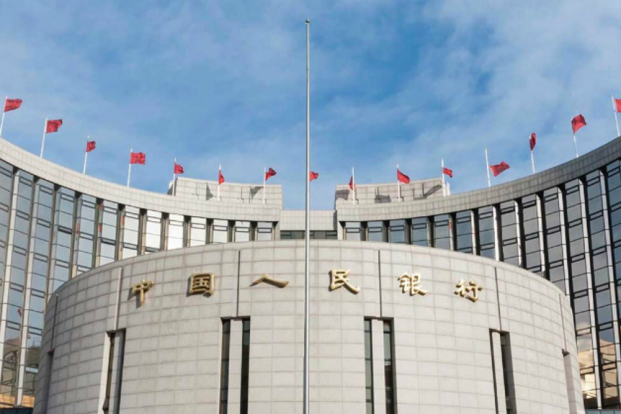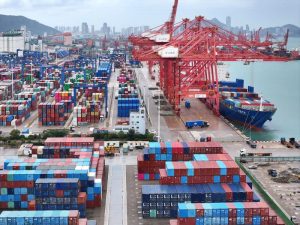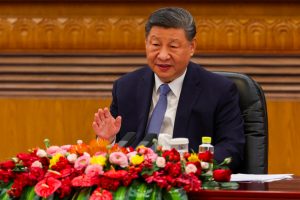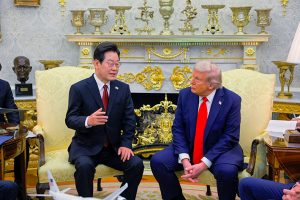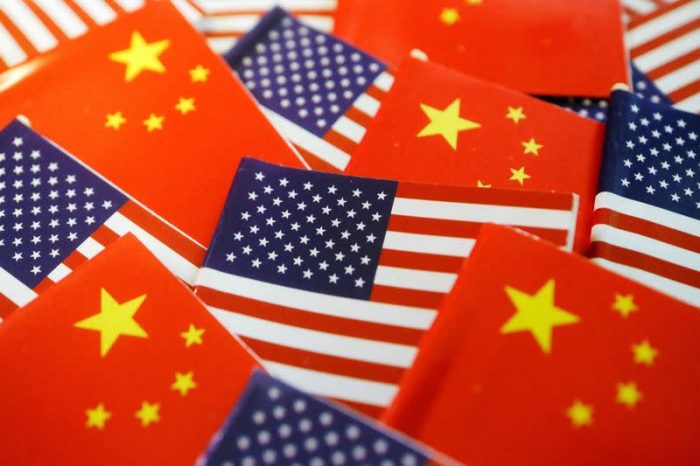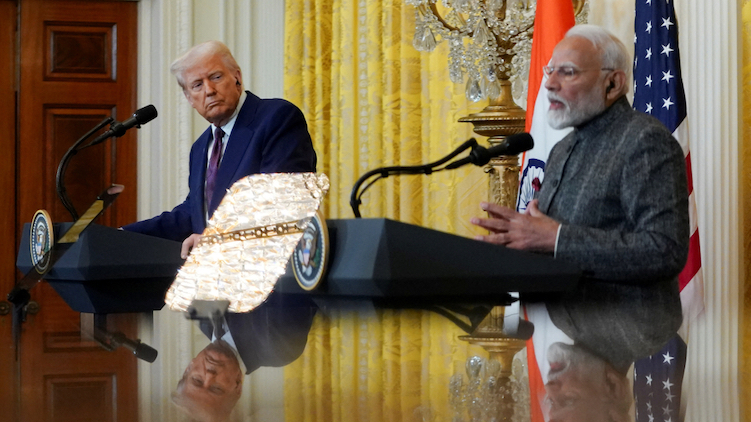(ATF) – China kept its benchmark lending rates unchanged on Friday signaling it has other more effective monetary policy tools for boosting credit in the world’s second-biggest economy.
The Loan Prime Rate (LPR), a lending reference rate, was kept unchanged at 4.05% and 4.75% for the one year and five-year terms respectively. The LPR serves as a benchmark for pricing all new loans, and outstanding floating-rate ones. It is published monthly and based on quotations provided by 18 banks.
“Aside from rate cuts, the authority has been working on multiple fronts to shore up the economy. The measures implemented so far, including debt reliefs and re-lending scheme, to contain the viral shock have been effective,” said Nathan Chow, DBS strategist who said the decision was expected after the central bank had left the borrowing cost on its medium-term loans unchanged on Monday..
In contrast, the US Federal Reserve made two emergency rate cuts in March, aggregating 150 basis points, whose impact was short lived in a market where dollar liquidity remains strained and fears of a recession high.
Monetary easing
Capital Economics said in a note the PBOC has an unusually wide range of tools at its disposal, and the scale of monetary easing in China has been more substantial than the modest decline in policy rates alone suggest – the LPR is still only ten basis points lower than it was at the end of last year, following a small cut in February.
“The PBOC has also engineered sizeable declines in market interbank rates – the 3M SHIBOR rate is down 90bp this year. Combined with official intervention to prevent credit spreads widening, this has resulted in a fairly substantial fall in the cost of non-bank credit, even for subprime borrowers,” said Julian Evans-Pritchard, Chief China Economist at Capital Economics.
He said this approach has shown results with credit growth holding steady in February – quite an achievement given the collapse in demand.
“The main constraint on bank loan growth in China isn’t borrowing costs but rather official loan quotas and limited access to bank borrowing for SMEs. Recent moves to relax these constraints, including a large “epidemic relief” PBOC re-lending facility designed to funnel bank loans to struggling SMEs, are therefore behind much of the loosening in credit conditions,” said Evans-Pritchard.
Targeted meaures
So while cuts are expected in the MLF and LPR later in the year, the primary method of facilitating credit would be more targeted.
“We think policymakers will likely prioritize targeted supports for business resumption at the current stage, such as better implementation of PBoC relending to provide credit for SMEs,” said a note from Morgan Stanley analysts who expect another 40 bps rate cuts in medium-term lending facility (MLF)/LPR later in the year.
Preserving the banking system’s health was also a priority in China and therefore, other means of lowering credit costs would be applied.
“We believe banks’ already-thin net interest margins (NIMs) were a key factor in this decision,” said Nomura strategist Ting Lu referring to the decision to hold the LPR. “To deliver on the promise of lowering financing costs, the PBoC may have to rely on more effective ways to lower rates, which is why we have become more confident in our view that the PBoC will soon deliver a 25bp cut to both the 1yr benchmark deposit rate and the 1yr medium-term lending facility (MLF) rate in coming weeks,” he added.




